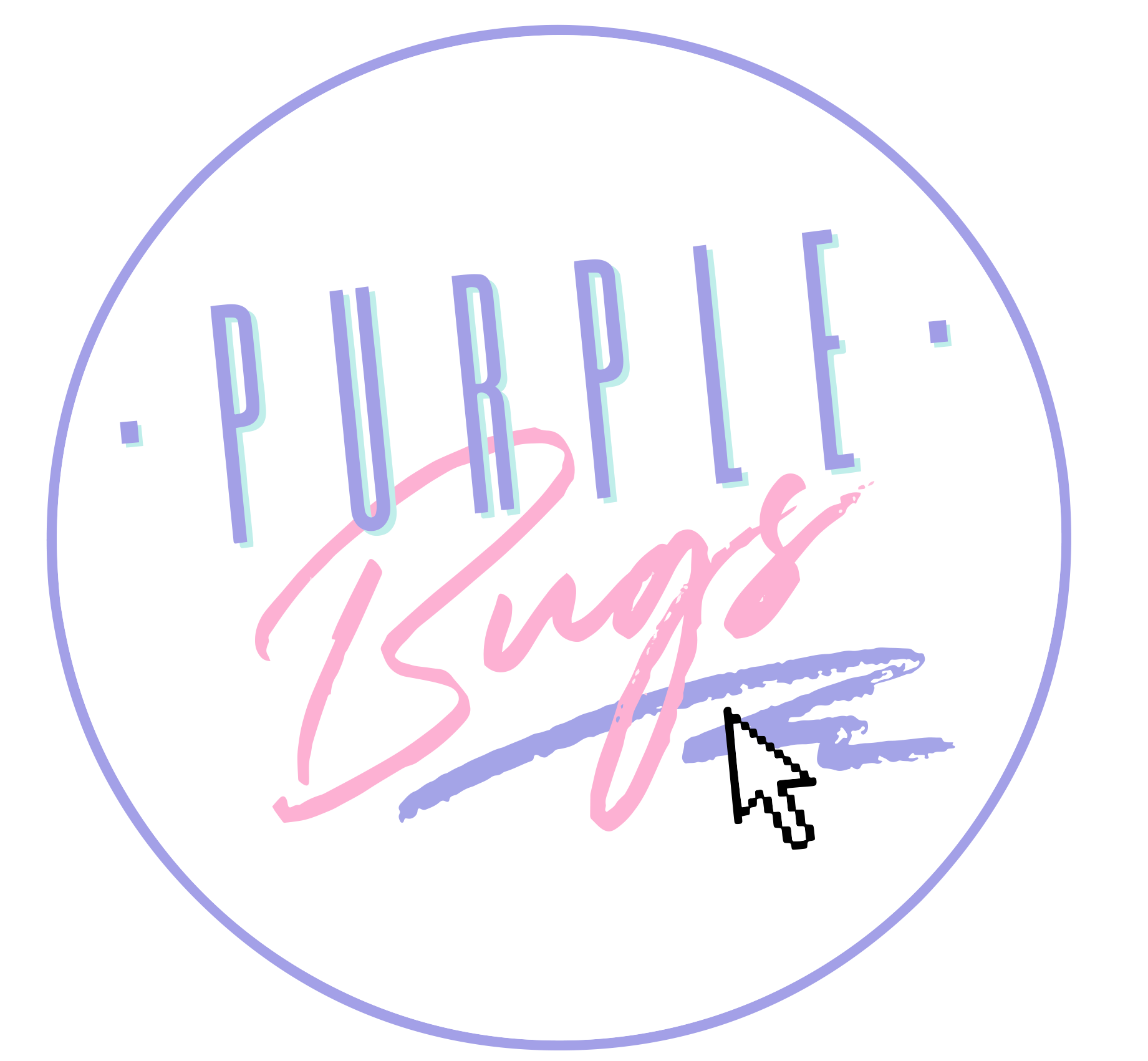

About me
🐨 Anita Lipsky — an Aussie software developer in Oslo
🫖 Enjoys a good cup of tea
🙋♀️ Feel free to reach out on linkedin or email: anita@purplebugs.com
Alpaca Life
🦙 www.alpaca.life
Answers life's important question "Where can I visit alpacas?"
Neon Puzzles
🧩 www.neonpuzzles.com
My puzzle library - a closed loop of jigsaw puzzles: buy, repair,
resell, buy back ♻️
Fantastic Elastic
👀
www.FantasticElastic.dev
My hobby site about Elasticsearch
Why the name Purple Bugs?
🐞 Originally the site was about software bugs since I worked as a quality assurance QA engineer on software development teams for years
🎨 Also, I love the colour purple
Purple Bugs AS
🦄 My officially registered small business
Organisasjonsnummer: 933 668 665